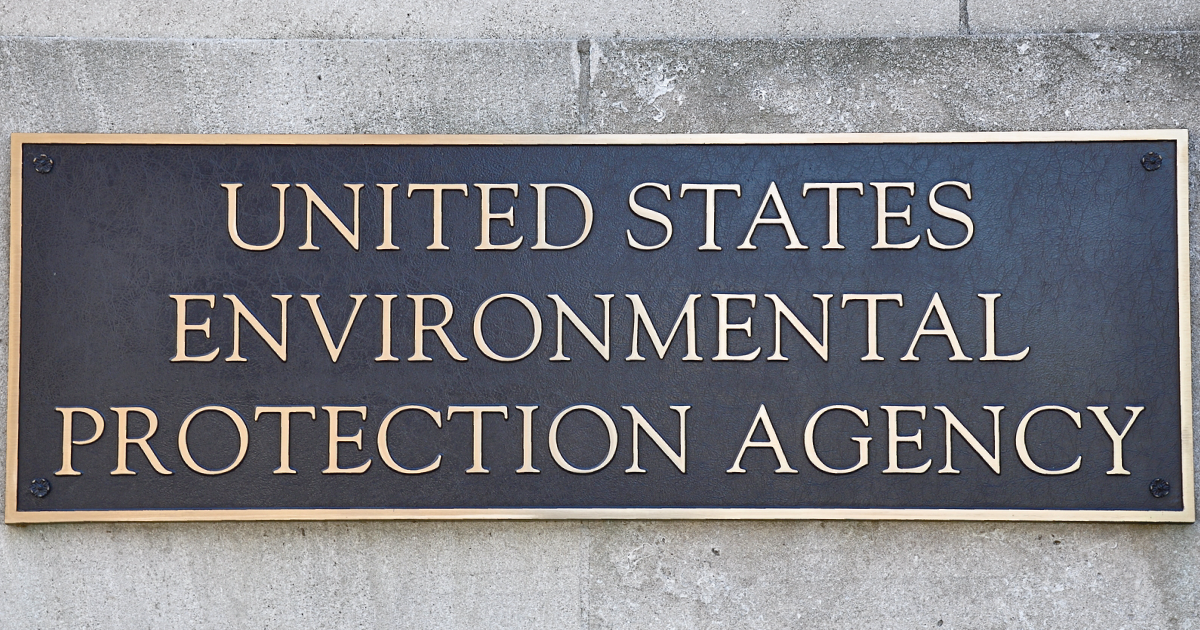
How the EPA’s Lax Regulation of Dangerous Pesticides Is Hurting Public Health and the US Economy
Since the 1970s, the U.S. EPA has been tasked with using the best available science to regulate pesticides in order to ensure they are safe. But a mounting body of evidence indicates that the agency long-heralded for its early decision to ban DDT has evolved into a more timid regulator that has not kept pace with the rest of the world to protect the health of people and wildlife.
April 1, 2023 | Source: Brookings | by Nathan Donley
Since the 1970s, the U.S. Environmental Protection Agency (EPA) has been tasked with using the best available science to regulate pesticides in order to ensure they are safe.
But a mounting body of evidence indicates that the agency long-heralded for its early decision to ban DDT has evolved into a more timid regulator that has not kept pace with the rest of the world to protect the health of people and wildlife.
That problematic trend was highlighted recently in two separate investigations by the EPA’s own watchdog. It found numerous scientific integrity and transparency failures prior to the decision to expand the use of a pesticide called dicamba that has subsequently caused damage to millions of acres of rural landscapes across the U.S. and its decision to downgrade the cancer classification of a pesticide called 1,3-D that is associated with serious harms to farmworkers.
